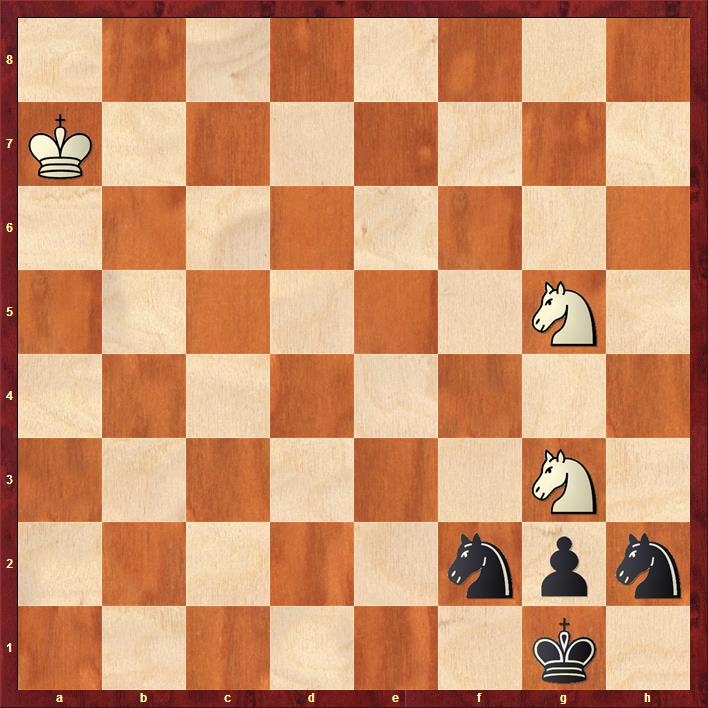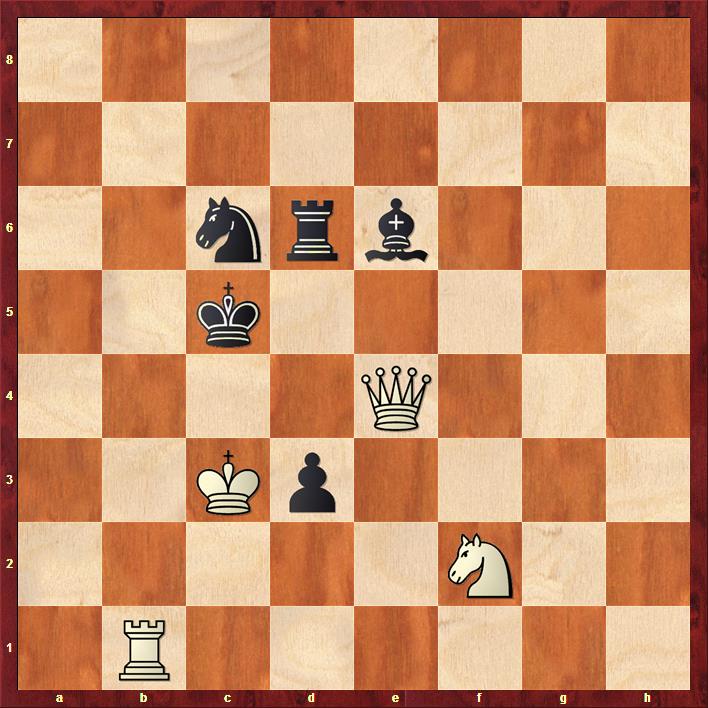The Sinquefield Cup is turning out to be not just one of the strongest chess tournaments in history, but also one of the most exciting. In today's round five all three games ended decisively, but the commentators were lamenting that the games were not as thrilling as in previous rounds. The sensation of the tournament has been Fabiano Caruana of Italy...who currently has a perfect score. You read that right. He's five and oh, winning three games as black no less. And it's not like his opponents have just been blundering left and right. Meanwhile, the rest of the field is mostly losing to each other. There's been little joy for the American fans, as Hikaru Nakamura is sitting on minus two. He managed to lose a near winning position against Topalov, and got badly outplayed by Caruana. Fans of Levon Aronian must be pretty despondent as well, since he has now lost three straight. He managed to steal a win from a worse position against Topalov. Anyway, there's a rest day tomorrow, but I can't wait for the second half of the tournament. Frankly, tournaments like this are the answer to people who say chess is being played out.
Anyway, I'm still swamped with the book and with the start of the year trevails, but I did want to give the chess problem fans something to mull over. I do want to get back to my examination of the Dombrovskis theme, but in the interests of time I picked out a short and sweet endgame study. White is to play and win:

This was composed by A. Gurvich in 1927. You might want to have a go at solving this one before scrolling down. There is really only one, forcing line, culminating in a beautiful zugzwang.
A glance at the position reveals that white is up a queen. However, it sure looks like the black g-pawn cannot be stopped. It turns out that the big thing that white has going for him is not the extra queen, but the awkward position of black's king. So he starts with 1. Ne4! If black now promotes with 1. ... g1Q, then 2. Nf2+ Qxf2 3. Qxf2 gives white an easy win on material. Black must try 1. ... Nd3 instead, to guard f2.
The move 2. Qxd3 is now insufficient for white, since after 2. ... g1Q white does not have a sufficient material advantage to bring home the point. But white now has the haymaker: 2. Qf2!!:

This intends 3. Ng3+ on the next move. If black tries something like 2. Nf1, then 3. Qh4+ Kg1 4. Ng5 leads to mate in a few more moves. So black has to take the queen with 2. ... Nxf2. Now we have 3. Ng3+ Kg1 4. Ng5!

Zugzwang! If black were allowed to pass he would be fine. But since he has to move, white will mate with a knight move to f3 or h3 on the next move. Like I said, short and sweet!
Well, maybe too short. So here's a bonus problem. White to move and mate in two:

This was composed by F. Giegold in 1962. It is one of those charming lightweights whose only point is a shocking key move. But in this case it is very shocking indeed! Actually, knowing that you're looking for something shocking might lead you to the right move pretty quickly: 1. Qd5+!. Checking keys are normally forbidden in short direct mates, but when that key serves up the queen in three different ways an exception can be made. It is mate after 1. ... Kxd5 2. Rb5 mate, or 1. ... Rxd5 2. Ne4 mate or 1. ... Bxd5 2. Nd3 mate. Very nice, and with impressive economy.
See you next week!

The Gurvich study is just too beautiful for words. I think it is the very best zugzwang I've ever looked at.
It is very beautiful. Still, I think it would be even better if a longer preamble could have been arranged, particularly one in which the other black knight had to be lured to its position on h2, rather than starting on that square.